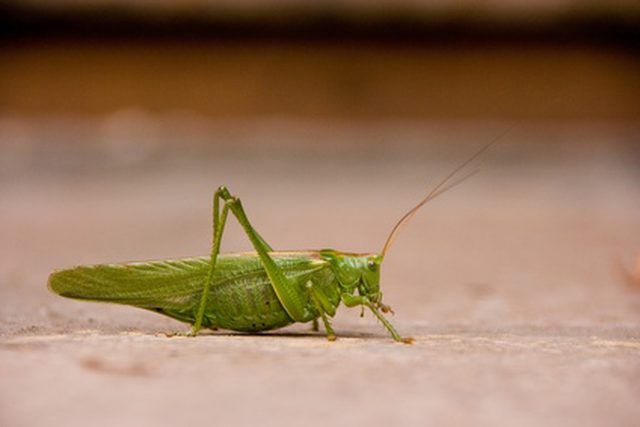Bulbs
Flower Basics
Flower Beds & Specialty Gardens
Flower Garden
Garden Furniture
Garden Gnomes
Garden Seeds
Garden Sheds
Garden Statues
Garden Tools & Supplies
Gardening Basics
Green & Organic
Groundcovers & Vines
Growing Annuals
Growing Basil
Growing Beans
Growing Berries
Growing Blueberries
Growing Cactus
Growing Corn
Growing Cotton
Growing Edibles
Growing Flowers
Growing Garlic
Growing Grapes
Growing Grass
Growing Herbs
Growing Jasmine
Growing Mint
Growing Mushrooms
Orchids
Growing Peanuts
Growing Perennials
Growing Plants
Growing Rosemary
Growing Roses
Growing Strawberries
Growing Sunflowers
Growing Thyme
Growing Tomatoes
Growing Tulips
Growing Vegetables
Herb Basics
Herb Garden
Indoor Growing
Landscaping Basics
Landscaping Patios
Landscaping Plants
Landscaping Shrubs
Landscaping Trees
Landscaping Walks & Pathways
Lawn Basics
Lawn Maintenance
Lawn Mowers
Lawn Ornaments
Lawn Planting
Lawn Tools
Outdoor Growing
Overall Landscape Planning
Pests, Weeds & Problems
Plant Basics
Rock Garden
Rose Garden
Shrubs
Soil
Specialty Gardens
Trees
Vegetable Garden
Yard Maintenance
Life Cycle of Locusts
Life Cycle of Locusts. Locusts are insects that are related closely to grasshoppers. All species of locust undergo three main life stages: egg, nymph and adult locust. Though all locusts go through the phases, the amount of time spent in each stage varies according to the specific species of locust.

Locusts are insects that are related closely to grasshoppers. All species of locust undergo three main life stages: egg, nymph and adult locust. Though all locusts go through the phases, the amount of time spent in each stage varies according to the specific species of locust.
Mating
The male locust locates a female locust and inserts his semen into a sperm sac located on the female locust's abdomen. The female then releases eggs that mix with the male's semen and become fertilized.
Eggs
Female locusts lay their eggs in the ground, most commonly in hard, firm soil. The eggs are deposited into the ground in groups of approximately 50. These groups are known as "pods" and they can be deposited up to 4 inches underground. A female locust will lay anywhere between one and three egg pods at one time.
Nymphs
The locust eggs generally hatch about two weeks after they were laid. These baby locusts are referred to as "hoppers" or "nymphs." Over the next month to two months after hatching, the nymph locusts go through five molting stages called "instars." After the fifth instar, the locust's wings are fully developed.
Fledglings
After the fifth molt, the locusts are called "fledglings." The fledglings cannot fly yet. Their bodies take approximately seven days to harden and become capable of flight. During this early stage of adult life, the locust must continually feed on vegetation in order to store up the energy necessary for reproduction and flying.
Adults
It takes approximately two weeks for the fledgling locust to reach sexual maturity. Adults often group together into swarms containing thousands of locusts. Adult locusts typically live about 10 weeks. During that time, they mate and the females lay eggs.